The 15 Best National Parks in Canada — Including the World’s ‘Polar Bear Capital’
Expect jagged peaks, turquoise lakes, and incredible animal sightings in these nature preserves.
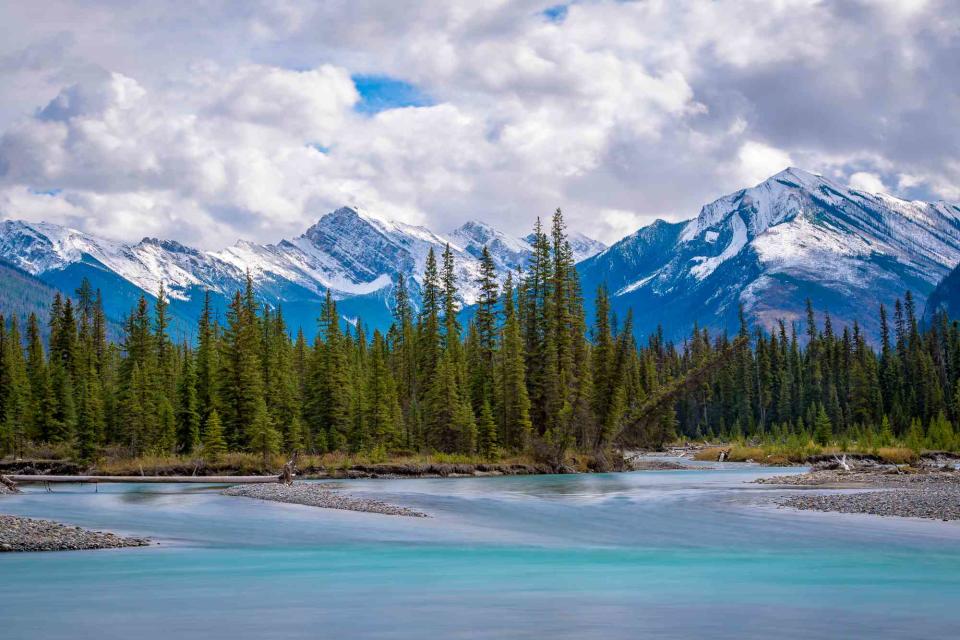
HamishMitchellPhotography/Getty Images
There are 63 national parks in the U.S., but you need only look north for another 46 spectacular preserves to explore. Canada’s national park system includes iconic sites like the rugged peaks of Jasper National Park and the turquoise lakes of Banff National Park, as well as lesser-known gems that most U.S. citizens have never even heard of — if you want to get off the beaten path, you can certainly do so in Canada.
Matt Sessions of Praytell, the agency that represents Destination Canada, says that the northern nation has many lesser-known sites, including some of the best freshwater diving sites in the world, as well as a park that’s proudly co-managed by the area’s Indigenous people. Senior marketing specialist Guy Thériault, who has been with Parks Canada for 29 years, adds that what also makes Canada’s national parks unique is that they offer “citizen science opportunities, where our visitors have the satisfaction of giving back to nature by giving a hand in various ways, such as beach shore clean-ups [and] counting birds and species at risk.” Travel + Leisure chatted with Sessions and Thériault by email to determine what Canadians consider their best national parks, as well as tips on how to navigate them.
Gros Morne National Park — Newfoundland and Labrador
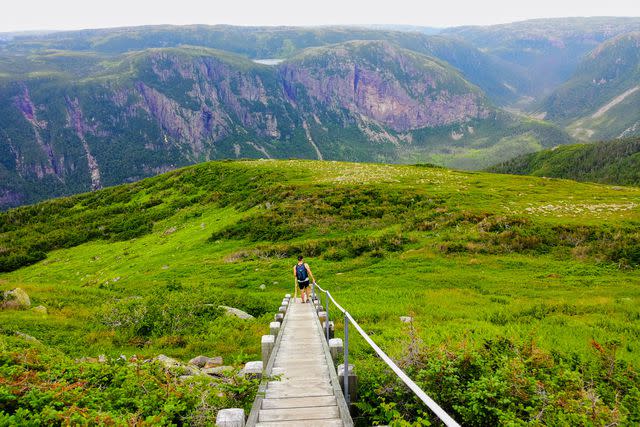
Chris Babcock/Getty Images
The landscape of Gros Morne National Park is so unusual that it was named a UNESCO World Heritage Site. Thousand-foot waterfalls tumble down billion-year-old cliffs and towering fjords give way to the Tablelands, a surreal landscape that Sessions says “looks like the surface of Mars." Plenty of visitors compare it to Iceland, Sessions added.
The Newfoundland and Labrador park is a must-visit for travelers who are interested in hiking and boating through some of Canada’s most interesting landforms.
Wood Buffalo National Park — Alberta and the Northwest Territories
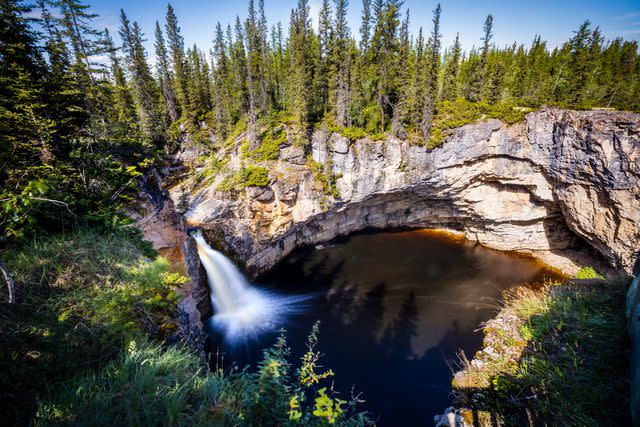
Manuel ROMARIS/Getty Images
Want wildlife sightings? Wood Buffalo National Park is the place to go. The country’s largest national park is home to the largest herd of wood bison in the world, in addition to creatures like whooping cranes and wolves. All you need to do is keep an eye out as you explore the park’s natural features — including impressive karst and caves, lakes, and a surreal white salt boulder field.
Torngat Mountains National Park — Newfoundland and Labrador
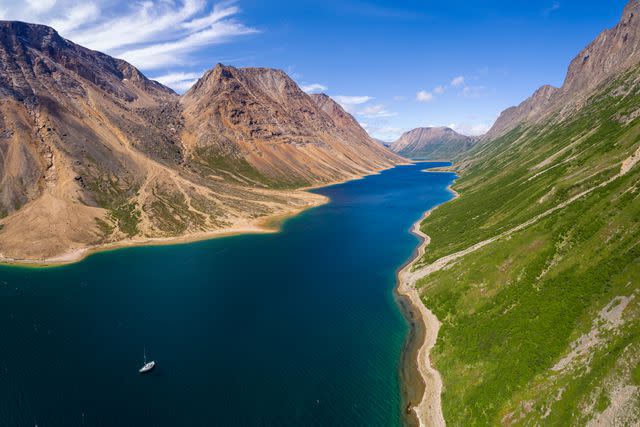
Paul Souders/Getty Images
One of Thériault’s favorite parks in Canada is Tornngat Mountains National Park. Physically, the park has it all — jagged peaks flanked by fjords, waterfalls, and icebergs, plus wildlife that includes polar bears and caribou. But the cultural component is what made this park a favorite for Thériault. He says at Torngat Mountains, “you are submerged in an Inuit cultural experience, with the elders, the youth, the cultural performers, the bear guards, the base camp team, and the Parks Canada staff, who are almost all land-claim beneficiaries.”
Grasslands National Park — Saskatchewan
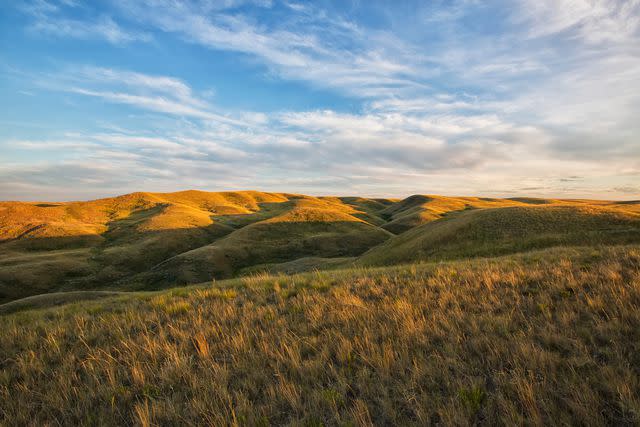
Robert Postma / Design Pics/Getty Images
This wide-open national park in Southern Saskatchewan is best known for its stargazing — well, that and dinosaur fossils. Grasslands National Park contains one of the largest and darkest dark sky preserves in the country, making the park a go-to for visitors who want to see the Milky Way or peep constellations. In addition to world-class astronomical adventures, the park says “Evidence of those who came before us is at your feet,” with dinosaur fossils, hearth sites, and tipi rings scattered about it the park's prairie.
Thériault says Grasslands is one of the first parks he recommends to international visitors due to its “unique landscape, bison viewing, archaeological experiences, and dark skies for stargazing.”
Banff National Park — Alberta
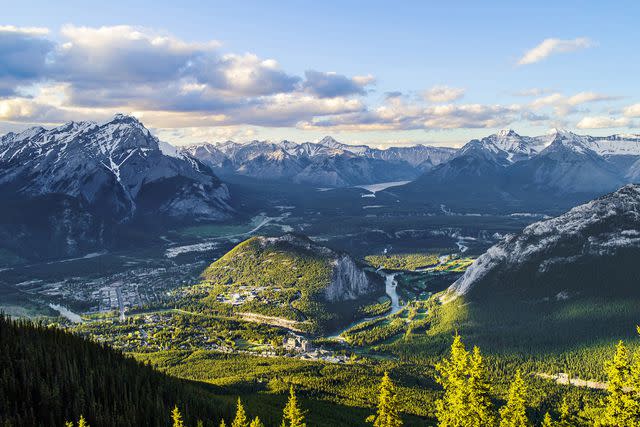
mohsen-k/Getty Images
Canada’s first national park is also its most famous. Chances are you’ve seen — and swooned over — photos of the turquoise, mountain-rimmed Lake Louise and Moraine Lake. And yes, while it really is that beautiful in person, keep in mind that you won’t be alone on your journey to Banff National Park. The park's beauty and notoriety draws a lot of people — especially in summer and winter. We recommend visiting during shoulder seasons and using the BanffNow service to get real-time updates on traffic and parking.
Bruce Penisula National Park — Ontario
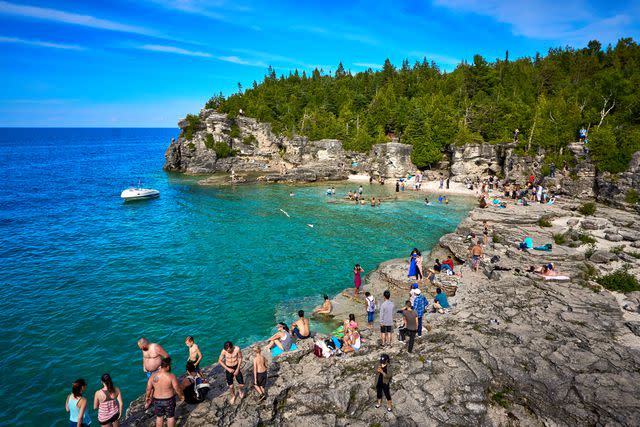
Boris GelmanGetty Images
The scenic spots are neverending at this waterfront national park, which includes the Fathom Five National Marine Park and some of the best freshwater diving in the world. But in addition to diving below cliffs and into caves and shipwrecks, Bruce Penisula National Park boasts rugged hiking, a robust population of black bears, and stunning wild orchids. You'll find this park in the traditional territory of the Saugeen Ojibway Nation in the Ontario province.
Yoho National Park — British Columbia
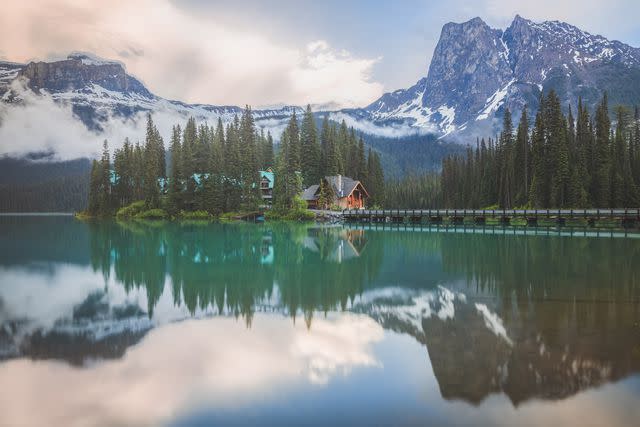
StephenBridger/Getty Images
The Great Divide that cuts through Colorado’s Rocky Mountain National Park continues north across the U.S.-Canada border, giving Canada’s Yoho National Park its distinct and rugged landscape. The park, which is on the western slope of the Great Divide, is marked by towering peaks, glaciers, and toppling waterfalls. It’s also the place to find Burgess Shale fossils, which are more than 5 million years old and are often found perfectly preserved.
Fundy National Park — New Brunswick
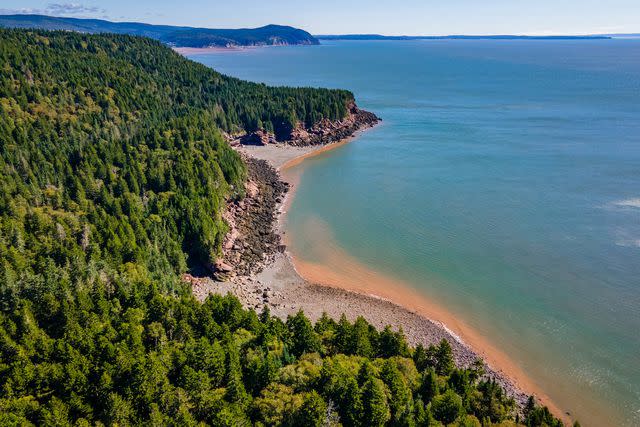
GummyBone/Getty Images
For people who have never experienced a Canadian national park, Thériault recommends Fundy National Park. It is home to the world’s highest tides, which rise 39 feet or more; during low tide, visitors have “the opportunity of walking on the ocean floor." There’s also more than 30 hiking trails, including routes that pass through the Acadian forest and have coastal views.
Wapusk National Park — Manitoba
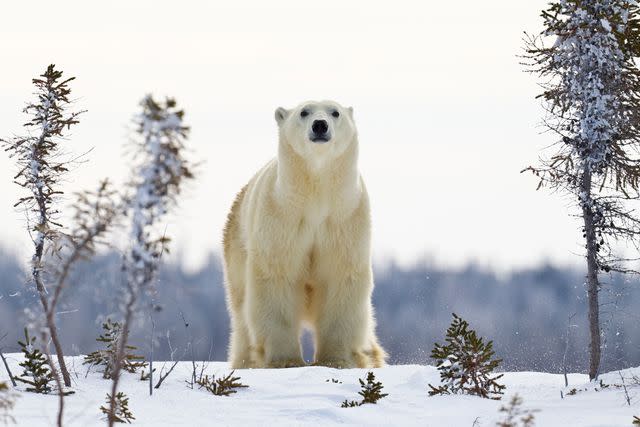
Thomas Kokta/Getty Images
Wapusk National Park is found in the northeast corner of Manitoba, making it one of the harder parks to access. The extra effort it takes to reach the park deters many, and that's a reality that park and preservation advocates embrace. In addition to protecting the transition between boreal forest and arctic tundra, Wapusk National Park is home to one of the largest polar bear maternity denning areas in the world. It's a sight that draws the world’s top photographers, who come from all over the globe to see the polar bears at Cape Churchill.
Jasper National Park — Alberta
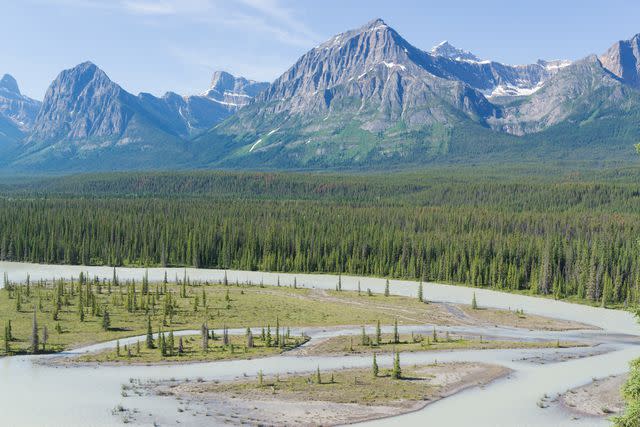
Walter Somers / 500px/Getty Images
The rugged Canadian Rockies are on display at Jasper National Park. As the largest national park in the Canadian Rockies, Jasper draws climbers and mountaineers, who want to experience the park’s extensive trail network, bask in the mountain views, and enjoy the dark skies and bright stars (Jasper is the world's second largest dark sky preserve).
Sessions notes that many travelers are unaware that Jasper also has natural hot springs. For a good soak, try Miette Hot Springs; the site is set in the wild Fiddle Valley and offers guests a relaxing reprieve in the mountains of Alberta.
Thaidene Nëné National Park Reserve — Northwest Territories
If you love the remote, hard-to-access parks of Alaska, add Thaidene Nëné National Park Reserve to your list. The park is situated in Canada’s remote Northwest Territories and is only accessible by float plane and snowmobile. The challenge doesn’t stop once you arrive at the park — the terrain is notoriously barren and rugged, with much of the activity centered around water, including the deepest lake in North America.
Sessions says Thaidene Nëné, which means “The Land of the Ancestors” in Dënesųłiné Yati, is “a unique park in that it's the first one that is co-managed with the local Indigenous communities.” The natural beauty is hard to ignore, but more importantly, Thaidene Nëné is a park where visitors are able to witness the relationship between the people and the land.
Kootenay National Park — British Columbia
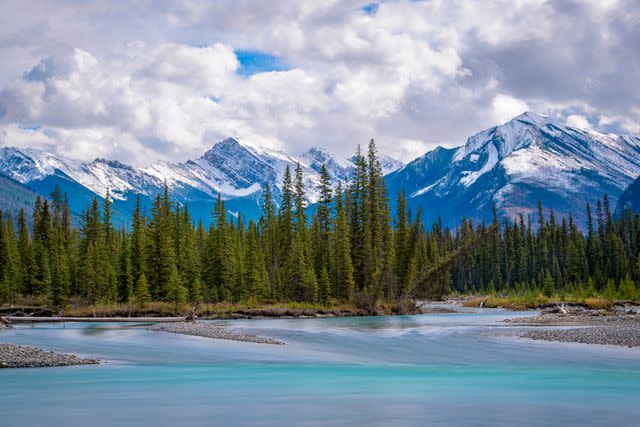
HamishMitchellPhotography/Getty Images
When it comes to mountains, Jasper National Park gets all the attention, but on the other similarly stunning side of the Rocky Mountains is the lesser-known Kootenay National Park in British Columbia. A historic highway cuts through the park, making it easy for visitors to absorb the varied landscape of Kootenay, which shifts from grasslands to mountain peaks and canyons carved by glaciers.
Waterton Lakes National Park — Alberta
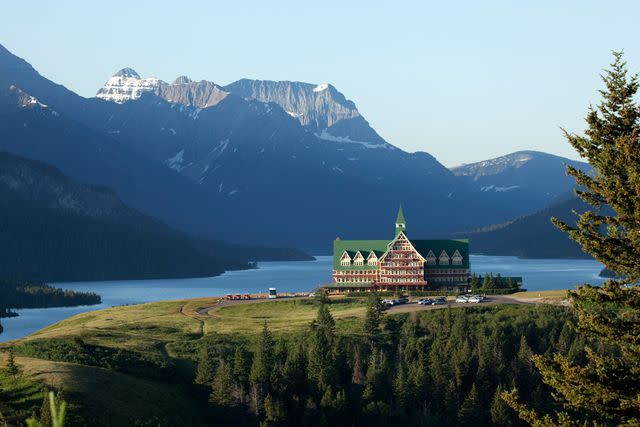
milehightraveler/Getty Images
If you enjoy Glacier National Park in Montana, continue north to Waterton Lakes National Park, which is a stunning extension of the glacier-carved peaks and waterways found on the U.S. side of the border. As its name implies, Waterton Lakes is best known for the series of lakes set at the foot of the Rocky Mountains. Meanwhile, in the park’s prairie, you’ll find bison grazing and colorful fields of wildflowers.
Cape Breton Highlands National Park — Nova Scotia
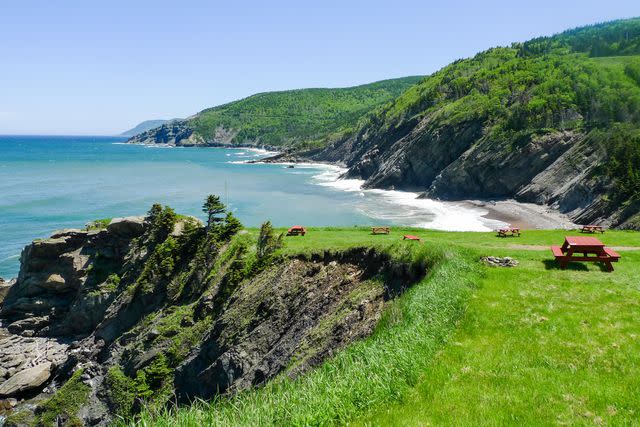
DoraDalton/Getty Images
The crown jewel of Cape Breton Highlands National Park is the Cabot Trail highway, which loops around the northern tip of Cape Breton Island. And while the almost 200-mile drive is what draws many to the national park, those willing to extend their trip are treated to 26 spectacular hiking trails, eight campgrounds, and whale spotting between May to October.
Pacific Rim National Park Reserve — British Columbia
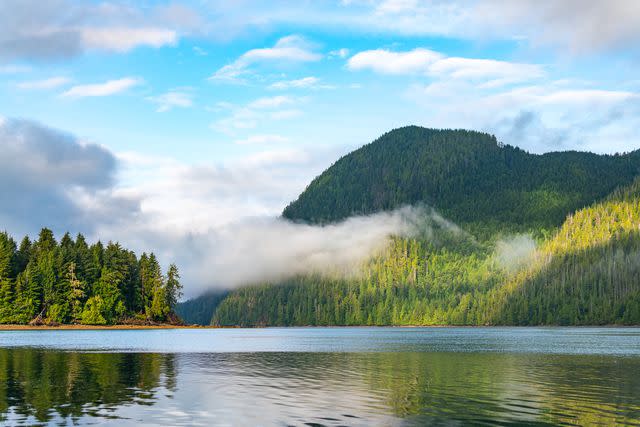
Francesco Riccardo Iacomino/Getty Images
The Pacific Rim National Park Reserve is a great “first park” for U.S. citizens who are curious about Canada’s national park system. The park is located on the western coast of Vancouver Island, just across the Salish Sea from Washington’s Olympic National Park and near Seattle and Bellingham, Washington. The landscape found in this island-bound park is one for the books — thick rainforest, sandy shorelines, and the 46-mile West Coast Trail that follows some of the routes used by Indigenous people.
For more Travel & Leisure news, make sure to sign up for our newsletter!
Read the original article on Travel & Leisure.

